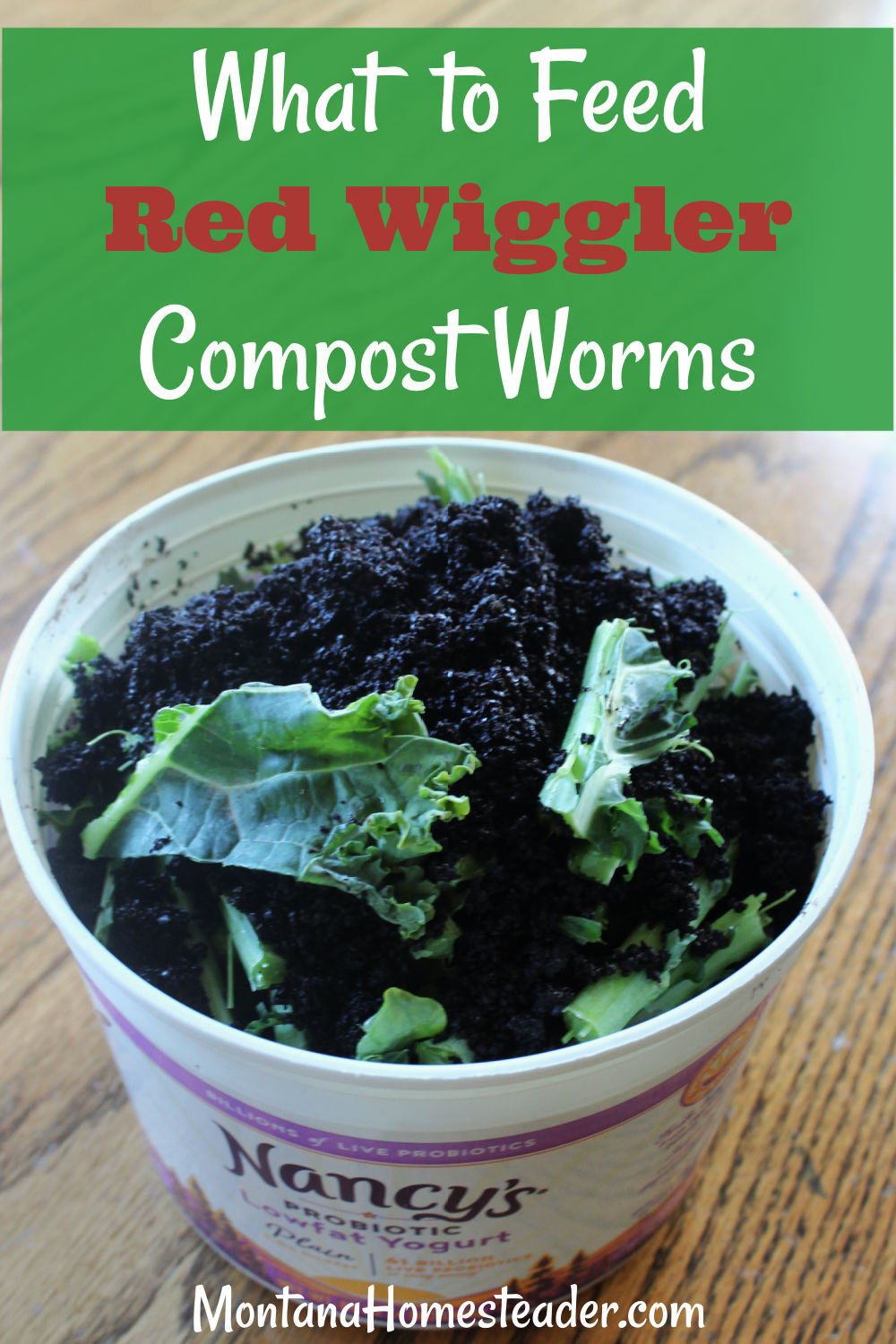Transform Your Lawn with the Expertise of Red Wiggler Express Lawn Care Specialists
Transform Your Lawn with the Expertise of Red Wiggler Express Lawn Care Specialists
Blog Article
Red Wigglers: The Unsung Heroes of Organic Waste Recycling
Red wigglers, or Eisenia fetida, act as essential agents in the natural waste reusing process, changing disposed of products into beneficial vermicompost. Their efficient malfunction of raw material not just improves soil high quality yet also contributes to sustainable waste administration methods. As the globe significantly looks for solutions to battle waste buildup and boost agricultural performance, understanding the function of these worms ends up being important. What systems allow them to grow in garden compost settings, and how can they be properly utilized in both residential and commercial setups? Discovering these questions discloses the more comprehensive ramifications of vermicomposting in our environmental landscape.
What Are Red Wigglers?
The exceptional durability of red wigglers, clinically recognized as Eisenia fetida, underscores their important duty in organic waste recycling. These little, reddish-brown earthworms are usually located in disintegrating raw material, such as compost heaps and manure stacks. Lake Hickory Bait. Unlike other earthworm species, red wigglers flourish in nutrient-rich environments and are highly efficient at damaging down natural products, making them important for vermicomposting

(Red Wiggler Express)Along with their role in waste decrease, red wigglers add to soil health by improving soil framework and aeration via their tunneling tasks (Lake Hickory Bait). Their existence in composting systems not just improves disintegration prices however additionally advertises a lasting approach to lose management, illustrating their significance in eco-friendly conservation efforts
Benefits of Composting With Worms
Composting with worms, specifically red wigglers, uses countless benefits that enhance both waste management and dirt health. First, these worms effectively damage down organic waste, transforming it into nutrient-rich vermicompost that enhances soil. This process increases disintegration, permitting a quicker recycling of cooking area scraps and various other natural products compared to standard composting approaches.
In addition, the vermicompost created by red wigglers is bristling with advantageous bacteria, which assist boost soil structure, aeration, and dampness retention. This enhances the overall health of plants, promoting energetic growth and enhanced returns in gardens look at here now and farming setups. Furthermore, making use of worms in composting minimizes the manufacturing of greenhouse gases, such as methane, contributing to a much more sustainable waste management system.

How to Begin Vermicomposting
Establishing a vermicomposting system is a simple process that can produce significant advantages for both waste monitoring and soil enrichment. To start, select a suitable container, such as a plastic container or wooden box, with appropriate ventilation holes to make sure proper airflow. The dimensions need to ideally be about 2 feet by 3 feet, allowing ample space for the worms to prosper.
Following, prepare bedding material, which can contain shredded newspaper, cardboard, or coconut coir. This bed linen must be dampened to create a suitable environment for the worms. Once the bed linen remains in place, present red wigglers (Eisenia fetida) into the bin, generally around one extra pound of worms for every single square foot of surface location.
Following the placement of worms, include organic waste, such as fruit and veggie scraps, coffee grounds, and smashed eggshells. With these steps, you will efficiently launch a vermicomposting system that contributes to sustainable waste monitoring and enhances your dirt.
Keeping a Healthy Worm Bin
(Red Wiggler Express)Keeping a worm container prospering requires normal focus and like guarantee the wellness of the red wigglers and the effectiveness of the composting process. Appropriate maintenance begins with monitoring the moisture degrees; the bin ought to perspire yet not saturated. A great general rule is to keep a consistency similar to a wrung-out sponge.
Gently mixing the bedding and food scraps every couple of weeks avoids compaction and guarantees that all worms have accessibility to oxygen. Additionally, it is vital to feed the worms suitably.
If the bin comes to be also hot or chilly, the worms might become stressed out. By vigilantly handling these aspects, one can maintain a durable and productive worm bin.
Influence On Lasting Living
The successful upkeep of a worm container not only benefits the health of red wigglers yet additionally adds dramatically to lasting living techniques. By recycling natural waste, such as cooking area scraps and yard debris, red wigglers help draw away significant amounts of product from landfills. This reduction in waste not just decreases greenhouse gas exhausts but likewise reduces the ecological concern related to waste monitoring.
Moreover, the castings produced by red wigglers work as a nutrient-rich natural fertilizer, improving dirt health and promoting plant development. This all-natural alternative to chemical fertilizers sustains lasting farming and horticulture practices, decreasing reliance on synthetic inputs that can damage ecological communities. Furthermore, worm composting cultivates recognition of waste management, encouraging people and areas to take on even more lasting habits.

Final Thought
In summary, red wigglers serve as important contributors to organic waste reusing through their effective decomposition of organic products. By integrating vermicomposting into waste administration techniques, individuals and neighborhoods can dramatically decrease waste while advertising ecological sustainability.
Report this page